TikTok Self-Diagnosis: Helpful or Misleading?
July 08, 2022
July 08, 2022
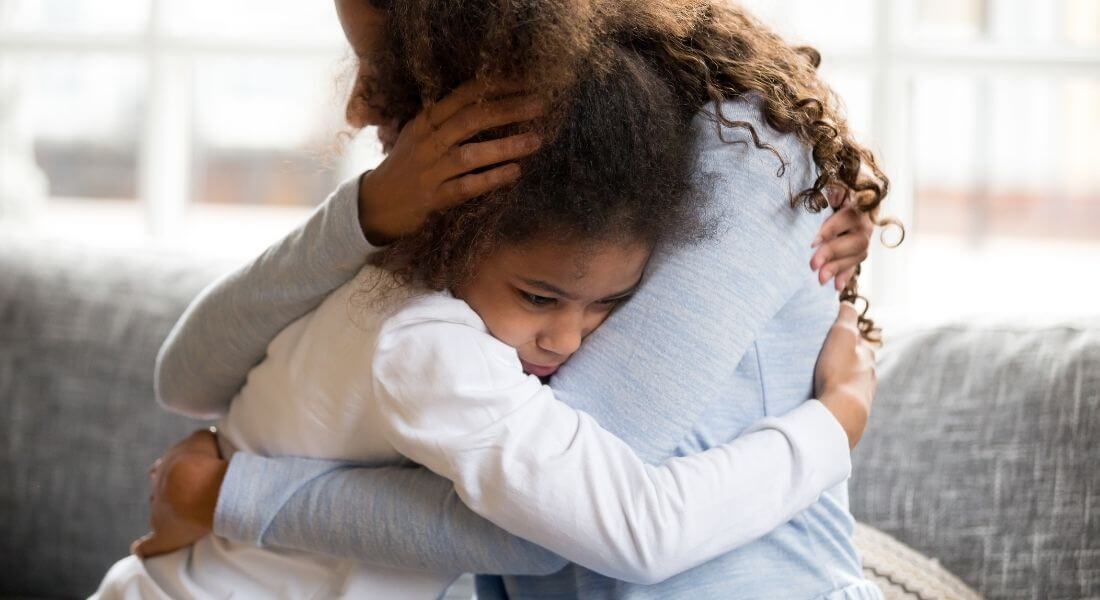
There’s been a shift toward discussing mental health in recent years, with more people open to talking about neurodiversity, the need for therapy, and how we can break down the stigma around mental illness. As awareness grows and conversations around these topics expand on social media and in person, the waters can get a little muddy, as some diagnoses, like autism spectrum disorder (ASD) and anxiety disorders, have similar or overlapping symptoms.
At Hopebridge, we are pleased that the importance of identification, intervention and care for oneself is being discussed so transparently on channels like TikTok, YouTube and Instagram, which paves the way for many individuals and families to discuss their own differences and challenges. At the same time, with so much access to information in today’s world, we want to make sure that information is accurate, so our communities can receive the best possible care.
“We’re working to spread awareness around mental health in general,” said Taryn Goldberg, PhD, NCSP. A licensed clinical psychologist at Hopebridge Autism Therapy Centers in Florida, Dr. Goldberg also serves as the public education chair for the Florida Psychological Association.
“It’s great that many adolescents on TikTok are open to talking about their diagnoses, but we are seeing other kids using those videos to self-diagnose. A child or their parents might think they have autism because they align with one symptom they heard about; maybe they don’t like loud noises or have a difficult time making friends. In actuality, they may need support for something entirely different. There is also the concern over the sharing of misinformation.”
This overload of information (and misinformation) can lead to confusion as parents try to navigate autism and other diagnoses. To help families along this journey, we worked with Dr. Goldberg to share the similarities, differences and overlapping symptoms of autism and one of ASD’s common comorbidities, anxiety.
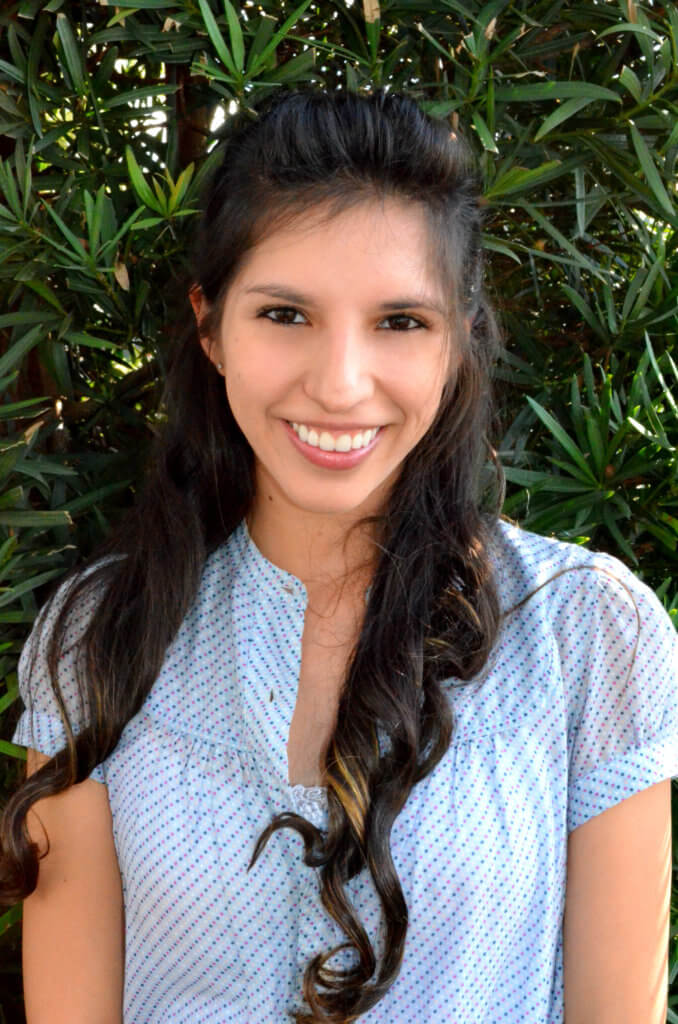
Autism and anxiety disorders are commonly co-occurring, but one can often look like the other. Though the prevalence of anxiety is higher in children with autism than those without the diagnosis (Vasa et al., 2020), there is also the challenge of teasing the two apart. Is it one diagnosis, the other or both?
For example, we see children in the clinic who present with social communication deficits. In some instances, caregivers and providers may need to piece apart whether they are truly deficits, which would be more autism-related, or if they have the skills but fear and anxieties around peer friendships are holding them back, which could stem from social anxiety disorder or generalized anxiety.
What’s the best way for families to find out whether it is autism, anxiety or both? Through evaluations. Psychologists and other clinicians like me can test for autism to assess whether there are true deficits. Caregivers can also seek out a provider to conduct anxiety measures. A comprehensive battery, as well as parent reporting, can help rule these diagnoses in or out and give caregivers a fuller picture of their child’s needs.
It’s important to note that someone with autism has a higher likelihood for comorbidities in general. If an individual has one diagnosis, they are more likely to find other co-occurrences in general as families search for answers.
It’s not uncommon for parents to be unsure as to whether it’s time to seek out a diagnostic evaluation or more support. It can be difficult to determine whether a child’s behavior or feelings are part of typical development, or a sign of autism or anxiety.
Anxiety is often challenging to notice because it’s an internalizing disorder, so cognition plays a big role. Caregivers may have a tougher time noticing the symptoms for younger children and those with ASD or speech deficits, as it might be more difficult for them to communicate about it.
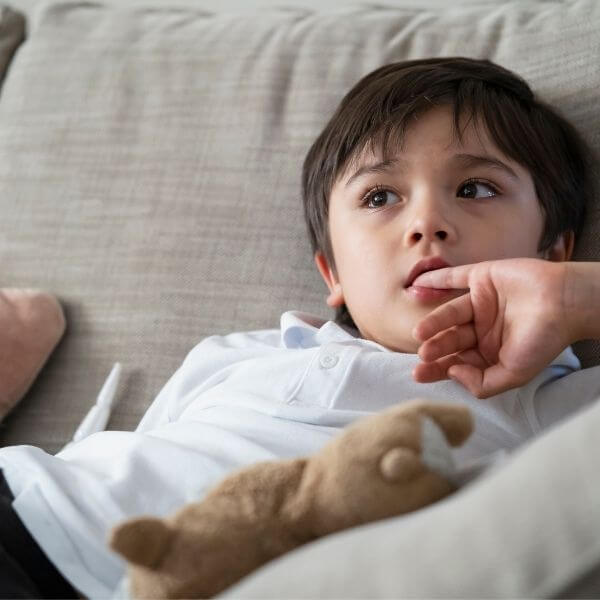
Autism can also be internalizing in some ways, but the behaviors that relate to it are often more overt. It is easier to notice deficits and restrictive and repetitive behavior patterns than the symptoms of anxiety.
Just as we always urge parents to seek autism testing if they suspect their child may be on the spectrum, if there’s any doubt or hesitation that there might also be anxiety in the mix, please seek further evaluation.
In the meantime, here are a few of the symptoms of anxiety parents and guardians should look out for within their children:
We hope this list gives caregivers some direction in deciding their next steps. When determining where your child might need more support, focus on the underlying function of each area. For example, is the child unable to interact with peers because they are missing the skillset, or do they have the skills, but lower self-esteem or nerves seem to get in the way?
Diagnoses should be the first piece of the puzzle, but I like to focus on the solution. It’s easy to get caught up in the diagnosis – the “What is it?” – but it’s the interventions that will really help the child.
Much like applied behavior analysis (ABA therapy) for autism, treatment for anxiety should be individualized, as the diagnoses affect each person differently. What will best help the child depends on their level of severity of autism, age and developmental level.
For instance, young children with severe autism in both social communication and restrictive behaviors will not benefit as much from traditional treatment for anxiety, which is cognitive behavioral therapy (CBT). It deals with abstract thought, which is something many kids on the spectrum have trouble grasping. CBT typically requires more tailoring for children with autism. Individuals with ASD will likely receive a larger benefit from having it broken down more concretely for them.
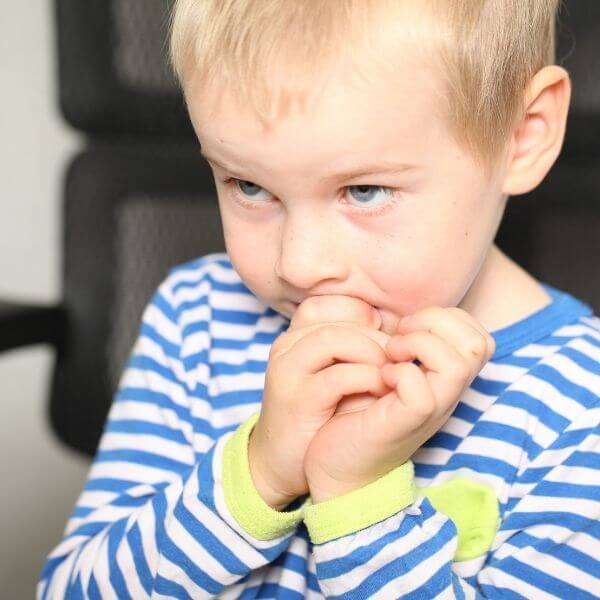
There is a great manual called the Coping Cat, which includes worksheets for children. He’s a “scaredy cat” who is working on reigning in his thoughts and feelings. Fun tools like these are more concrete and can be helpful for parents and clinicians to implement with their children. Depending on their developmental level, parents can do the worksheets alongside them or just check in on them as they fill out pieces of it.
If they’re able to do the manual, ask them concrete questions like, “How do I know I’m feeling anxious?” and “What in my body tells me that I’m anxious—is it my heart racing?” Getting them able to notice and identify their feelings, then able to tie this to a life event and change their thoughts.
In addition to families, Board Certified Behavior Analysts (BCBA), behavior technicians and other clinicians should also be looped in if the child has anxiety or any other co-occurring diagnoses with autism. Though the BCBA should always keep the child’s thoughts and feelings in mind, in addition to only their behaviors, it’s especially important to a child’s health if they have an anxiety disorder.
Remember that how one person experiences autism or anxiety can be very different from how another experiences it. While the criteria remains the same, the type and level of symptoms can vary. On the other hand, even if the symptoms do seem the same as another person’s, the reasoning behind them can vary as well. So keep following other individuals online for information, insight and connections, but it’s best to reach out to licensed clinicians for answers about your own child.
If you have concerns as to whether your child has autism, anxiety or both, reach out to your child’s primary care physician or BCBA for testing. Make notes ahead of time and review your concerns with the physician. If your child is already in school, you may also want to ask their teacher about it to add to your own notes.
Beyond evaluation for autism and anxiety, there are other ways you can start supporting your child now, whether they already have the diagnoses.
Teach them to be comfortable with being uncomfortable. Many times, parents will remove whatever is stressing them out from the equation, such as taking them out of school. Though that may be helpful in the moment, it could also reinforce their anxiety. Instead, I urge parents to support their child through sitting with those thoughts and experiences in a safe way. For those with social anxiety, this could look like scheduling play dates or extracurricular activities, then encourage them to independently make friends. Make sure you are there so they know they have your support through all of it.
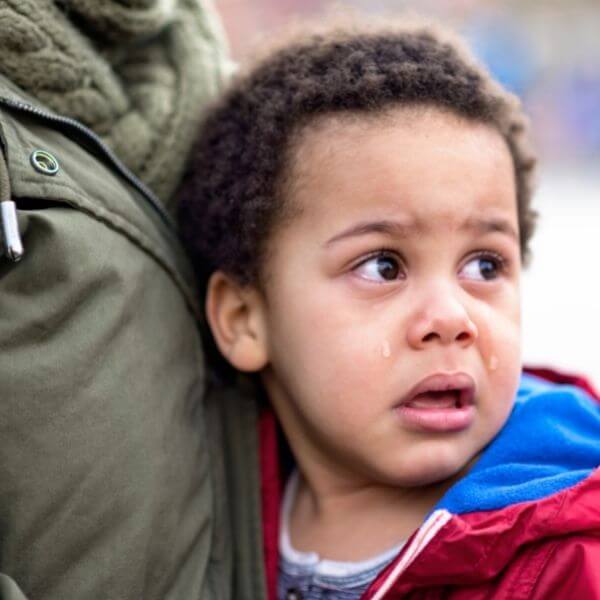
Just being there with kids is another way to help them. All child therapy includes a parent component so the child can generalize those skills. Families should get involved in their child’s therapy, both on the behavioral side, as well as psychoeducation. I encourage parents to do their best to participate and be present, as it can have a meaningful effect on their kids.
Another piece of advice I have for parents is to build on your child’s strengths. Highlight the things they are good at and get them more involved in those things. It can work wonders for their self-esteem.
I mainly work on the assessment side of mental health services, so I don’t often get to see the follow-through, but when I have, it’s been incredible to see the impact.
I worked with a family of an older child who needed a reevaluation. In addition to autism spectrum disorder, we diagnosed him with a specific phobia. He was very afraid of oranges and dragonflies, to the point that he would try to escape if he saw a dragonfly in the environment and could not eat if an orange was present.
We recommended he seek treatment and talked to his parents about tailoring the anxiety treatment to meet his individual needs, as his autism was severe and traditional treatments may not be best suited for him. His plan of care included exposing him gradually to the things he feared while supporting him along the way. The tactics were concrete, such as showing him pictorially how his body might feel and letting him identify it, then working slowly to teach him those thoughts.
At the same time, we worked with Autism Speaks to get him involved in extracurricular activities and clubs. We tapped into the places where he had strengths, like art classes where he could really shine through his creations.
Your kids can do this, and you can, too! We’re here to help and want to see your child thrive.
– Taryn Goldberg, PhD, NCSP
Early intervention is so important for children with autism and anxiety. Contact us here to arrange autism testing, or if your child already has a diagnosis, we want to get them in for ABA therapy and other interdisciplinary services to harness their strengths and work with them to build upon their skills. With centers around the country, we have the environments, knowledge, time and experience to help them overcome anything that is holding them back and reach their goals.
References:
Vasa, Roma A., Keefer, Amy, McDonald, Rachel G., Hunsche, Michelle C., Kerns, Connor M. A Scoping Reivew of Anxiety in Young Children with Autism Spectrum Disorder. Autism Res. 2020, 13: 2038-2057. 2020 International Society for Autism Research and Wiley Periodicals LLC, (2020).
*Informed consent was obtained from the participants in this article. This information should not be captured and reused without express permission from Hopebridge, LLC.
Parenting Resources
June 13, 2023
What to Expect from Autism Testing: The Process for an Autism Diagnosis for Children